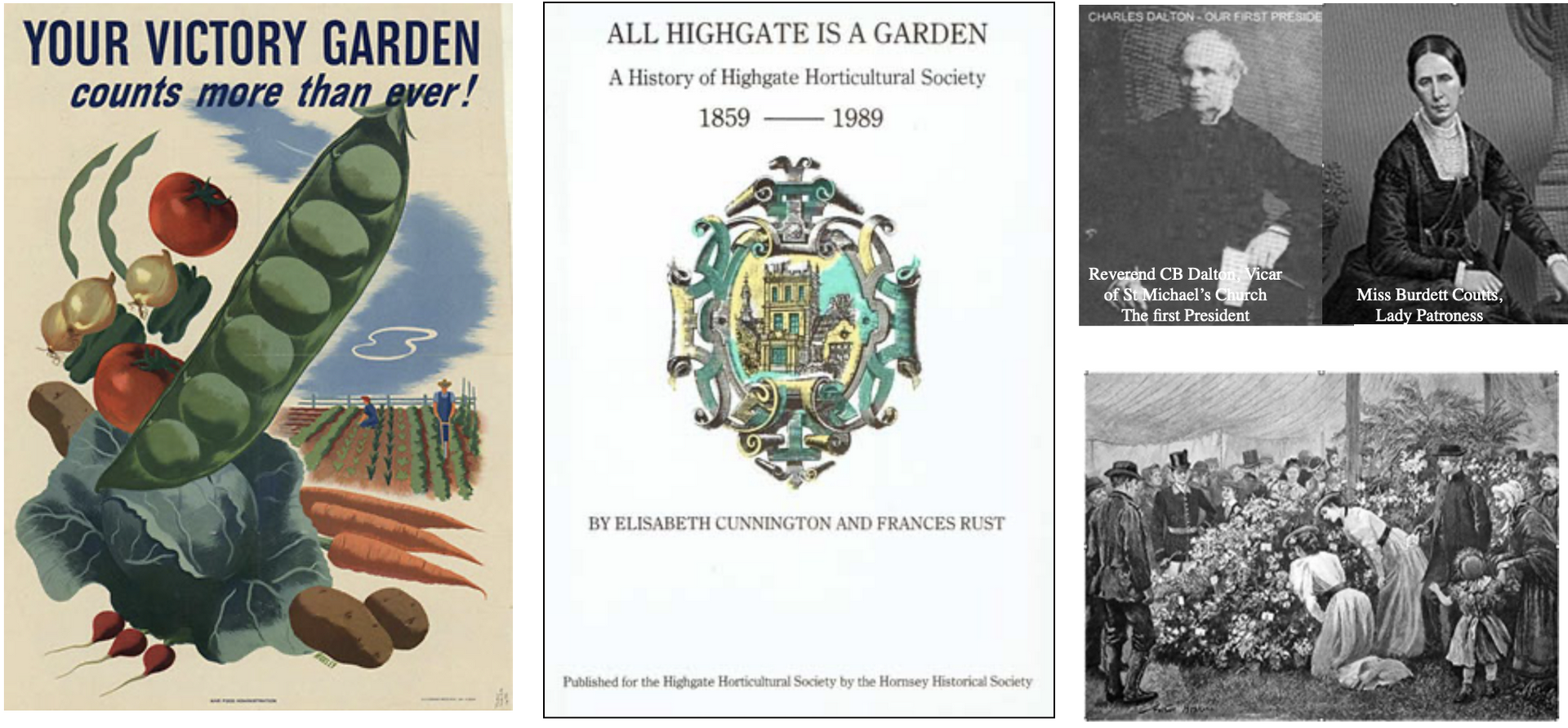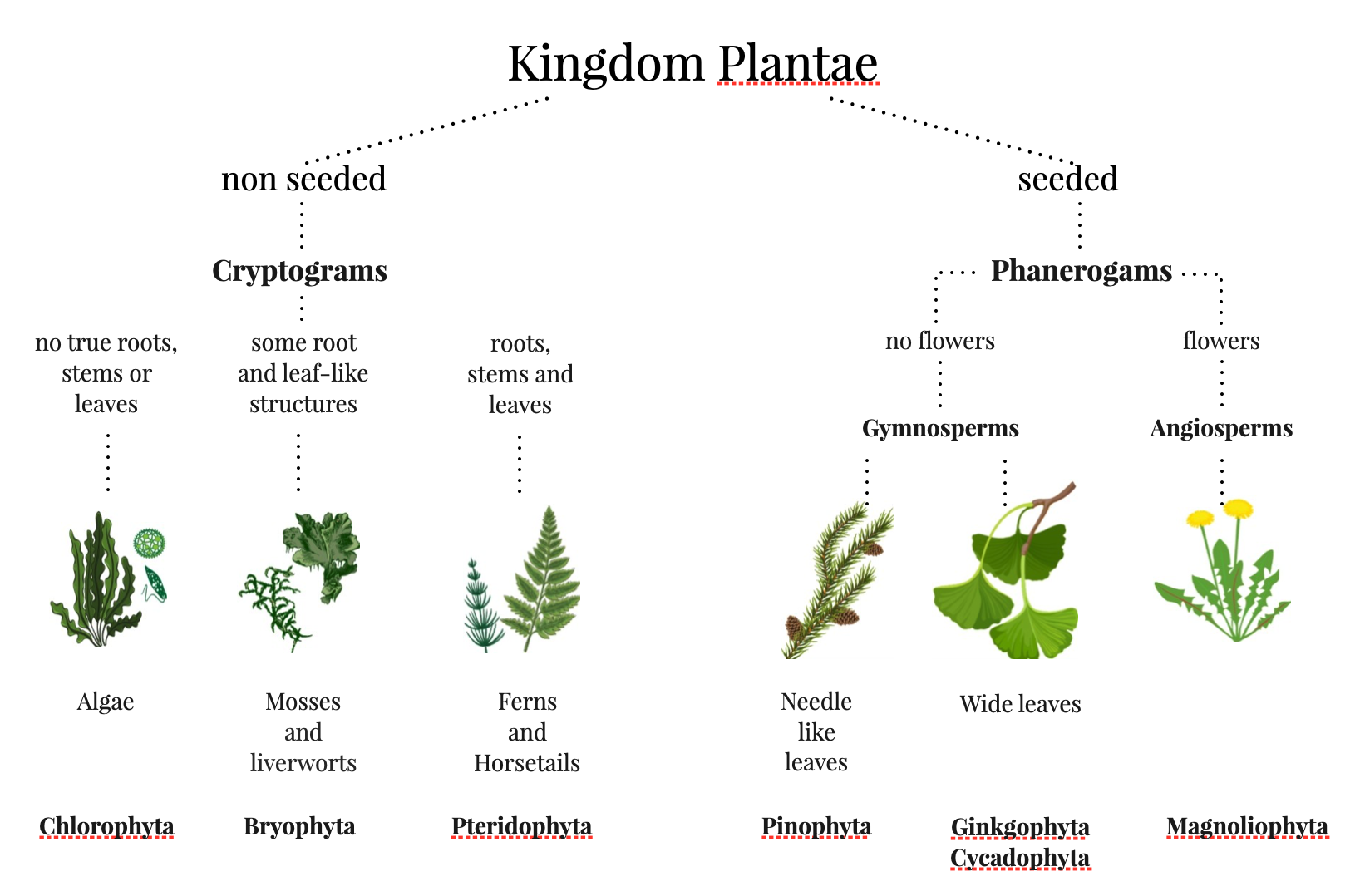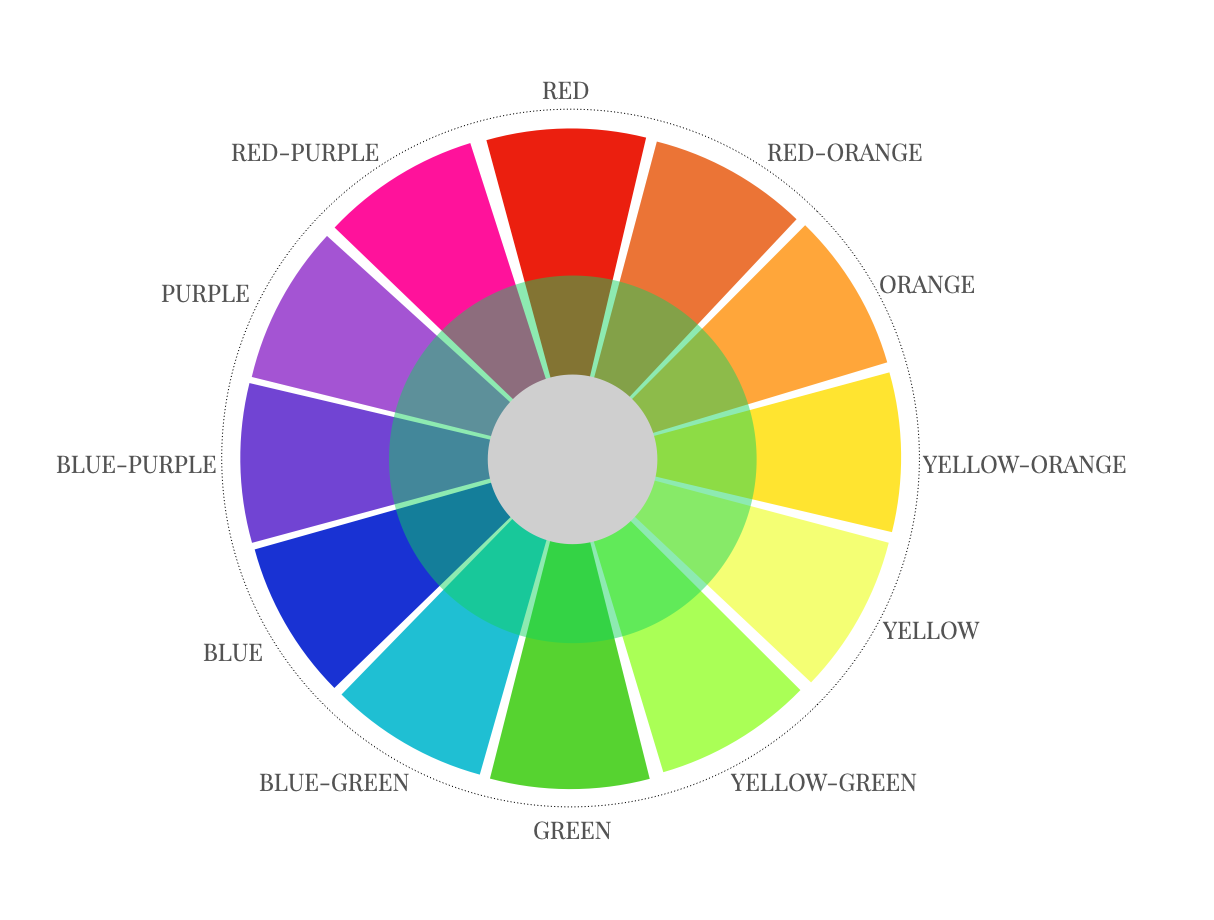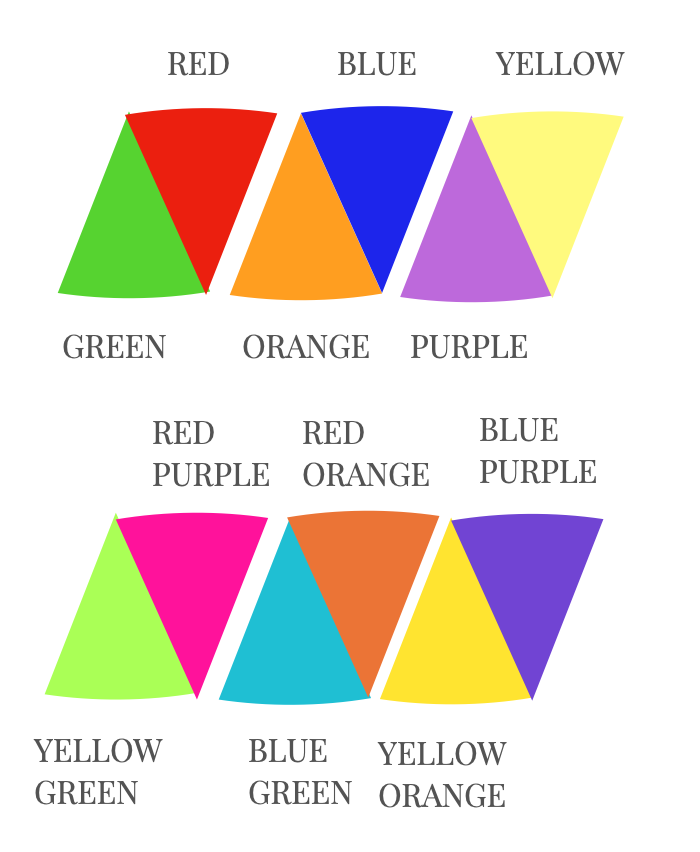


On 15 December, 1859 a circular was issued convening a meeting for the purpose of establishing a Society, to be called the Highgate Horticultural and Floricultural Society. Its first president was the Reverend Dalton, Vicar of St Michael’s Church and the first exhibition was held on 27 June, 1860; there were 71 entries and prizes amounting to £23/7/0d were awarded. The Society grew rapidly and the show became an annual eventTo a large extent, its history reflects that of Highgate itself Highgate was a horticultural trailblazer: our society is one of the oldest local societies in the country, following in the footsteps of the Royal Horticultural Society (founded in 1804), whose President, Prince Albert, had expressed the view that horticulture should have equal status with painting and sculpture.In the mid 19th century Highgate was essentially a rural community with several large estates served by professional gardeners, clusters of cottages and a thriving group of high-street traders.The Society’s stated aim was the encouragement of horticulture among the working classes and it later adopted an educational mission, encouraging gardening activities among children including pupils of St Michael’s School which boasted four acres of model farm in 1852. Its patrons were the owners of the large estates in whose grounds annual shows were held. Foremost among them was Angela Burdett-Coutts, who hosted no fewer than ten shows in the grounds of her Holly Lodge Estate. Prizes were awarded for exhibits in different categories. Cottagers showed their best fruit and vegetables, while the professionals often exhibited exotics raised in the glasshouses and conservatories popular in large Victorian houses.
The early shows were a highlight of the social calendar: a holiday atmosphere prevailed with two or three bands playing, sporting events, dancing and refreshments. The largest recorded attendance was a remarkable 20,000 in 1883.The First World War interrupted the continuity of the shows and not long afterwards most of the estates had vanished and with them the professional gardeners while cottagers were replaced by allotment holders. The last show to be held on an estate was in 1921, at Caen Wood Towers (later Athlone House). During the Second World War, shows continued uninterrupted and gardening took on a greater urgency as those ‘Digging for Victory’ helped boost the nation’s food supplies.
The Society held its Centenary Show on 30 June, 1960 with more than 2,000 people visiting the show which was held in a marquee in the grounds of Highgate School which continued until 1985 when it moved to a village location. In 1965 the society played host to Gardener’s Question Time presented by Franklin Engelmann.
A highlight of the 1970s was a visit by the Queen Mother in 1972 to three members’ gardens.In 1966 a Spring Show was held and in 1987 an Autumn Show was added bringing the total to three shows a year all now held in the United Reformed Church in Pond Square.In 2009 the Society celebrated its 150th Anniversary with the slogan “150 years Still Growing Strong!” It was commemorated with a party for members and the unveiling of the renovated garden at the Pond Square Chapel which was a joint venture with the Highgate United Reformed Church who also celebrated their 150th Anniversary.
During the last two decades the shows have grown in size with more exhibitors and greater numbers of exhibits. The membership continues to grow particularly now that people are again taking greater interest in what they eat.Highgate can be justly proud of its role as a horticultural pioneer. In 150 years history has come full circle. Highgate gardens are flourishing and demand for allotments is at an all-time high. Many schools encourage gardening among the young, demonstrating that the Horticultural Society’s original mission is still alive and well in the 21st century. Environmental concerns are ever more critical with the general decrease in pesticide use, cultivated areas foster wildlife in the midst of increasing urban development and, with the Heath and Waterlow Park, provide much needed oxygen to the community. Perhaps Highgate residents can still claim, as John Lloyd did in his 1888 History of Highgate, that ‘Living on a hill famed for its bracing air, its inhabitants seem to be endowed with a kind of Highland vigour both bodily and mentally, which is sought for in vain in the vapid plains below’.Extracts from All Highgate is a Garden,
A History of the Highgate Horticultural Society, 1859 to 1989, by Elisabeth Cunnington and Frances Rust, published for the Highgate Horticultural Society by Hornsey Historical Society (1989).
Holkham’s Walled Garden is a fine example of a historic garden, and we’re working hard to maintain and rejuvenate the six acres which were originally laid out by Samuel Wyatt during the late 1700s. We invite you to step inside and see how the work is progressing. The garden is divided into ‘squares’ and ‘slips’, each with their own theme and associated planting plan.
Learn how we are aiming to use nature on an increasing scale to tackle pests and diseases rather than chemicals. You’ll also find areas of cover crops, that are planted to help improve the quality of our soils, and plenty of wildflowers in and around the Walled Garden to encourage and support pollinators.
Sissinghurst
Sissinghurst Castle Garden, at Sissinghurst in the Weald of Kent in England, was created by Vita Sackville-West, poet and writer, and her husband Harold Nicolson, author and diplomat. It is among the most famous gardens in England and is designated Grade I on Historic England's register of historic parks and gardens. It was bought by Sackville-West in 1930, and over the next thirty years, working with, and later succeeded by, a series of notable head gardeners, she and Nicolson transformed a farmstead of "squalor and slovenly disorder"[2] into one of the world's most influential gardens. Following Sackville-West's death in 1962, the estate was donated to the National Trust. It was ranked 42nd on the list of the Trust's most-visited sites in the 2021–2022 season, with over 150,000 visitors.
Syon Park
Syon Park /ˈsaɪən/ is the garden of Syon House, the London home of the Duke of Northumberland in Brentford in the London Borough of Hounslow. It was landscaped by Capability Brown in the 18th century, and it is Grade I listed by English Heritage under the Historic Buildings and Ancient Monuments Act 1953 for its special historic interest. The 56.6-hectare (140-acre) main gardens are a Site of Borough Importance for Nature Conservation, Grade I, and the flood meadows next to the River Thames are a biological Site of Special Scientific Interest (SSSI) and a Site of Metropolitan Importance for Nature Conservation
Botanical naming
The use of Latin nomenclature for plants is internationally accepted.
Botanical names are made up of two or more words derived from Latin (or sometimes Greek).
The first word, always written with an initial capital letter, gives the plant genus, for example, Campanula. This is followed by the specific name, for example, latifolia.
Next comes the varietal name, which may be in Latin (as alba, when referring to a naturally occurring variety); or in the vernacular (as 'Brantwood', when occurring as a cultivated variety
or cultivar).
When ordering plants it is important to state the full plant name, such as Campanula latifolia alba
or Campanula latifolia 'Brantwood'.
The specific name, which always follows the gender of the genus (-us is masculine, -um neuter and -a feminine), often expresses some characteristic of the plant, its place of origin or the name of its discoverer.
A
acaulis - stemless
aculetus - prickly, thorny
aestivalls - of summer
affinis - related to another species
alatus -
winged
albus - white
alpestris - of mountains
alpinus - alpine
alternifolius - alternate (of leaves)
amabillis - lovely
americanus
American
amoenus - pleasing, lovely
angustifolius - narrow-leaved
annuus - annual
apiculatus - pointed at the tip (usually of leaves) aquaticus - aquatic
aquifolius - pointed, holly-like (of leaves)
arborescens - tree like
argenteus - silvery
argutus - sharp
armatus - armed (with prickles or thorns)
arvensis - of fields
asiaticus -Asiatic
atro-dark
(prefix)
aurantiacus -orange
auratus,
aureus-golden
auriculatus -ear-shaped,
eared
australis -southern
autumnalis -autumnal
azureus -sky blue
B
baccatus-berried
barbarus-foreign
barbatus-bearded,
barbed
bellus -beautiful
bicolor -two-coloured
bicornis -two-horned
biflorus-two-flowered
blandus-agreeable,
pleasant
borealis-northern
brachy-short
(prefix)
bracteatus -with bracts
brevi--short
(prefix)
bulbosus -bulbous
C
caeruleus -blue
caespitosus -tufted
calcaratus -spurred
calcareus -chalky or
limy
campanulatus -bell-shaped
campestris -of fields
or plains
candicans -whitish
candidissimus-pure white
candidus -shining white
capensis -of the Cape of
cardinalis -deep· scarlet
carneus -flesh-coloured
chinensis -Chinese
cinereus -grey, ash-coloured
coccineus -scarlet
communis -common, growing in company
cordatus -heart-shaped
cordifolius -heart-shaped (of
cristatus - crested
cruentus -blood-red
cyaneus -blue
D
decurrens - sharp-toothed
dentatus - edible
E
edulis - edible
elatus - tall
F
fastigiatus -erect, close-branched
flavescens -double-flowered
flavus -yellow
flore pleno -Double-flowered
foetidus -bad-smelling
fragilis -brittle
fragrans -fragrant
fruticosus -shrubby
fulgens -glowing, shining
Botanical taxonomy

©2022 Let's Talk Science
Colouring your garden
A Basic Guide to Garden Colour
“Colour! What a deep and mysterious language,
the language of dreams.”
— Paul Gauguin
Understanding colour is one of the most powerful tools in a gardener's repertoire.
Whether you're planning a new border, choosing plants for containers, or reimagining your entire garden, knowing how colours work together will help you create spaces that are harmonious, exciting, or perfectly suited to your mood and style.
The Colour Wheel
At the heart of understanding colour is the colour wheel, which organizes colours in a way that shows their relationships. The primary colours are red, blue, and yellow. Between these sit the secondary colours (orange, green, and violet), created by mixing primaries. Beyond these are tertiary colours, which fill in the gaps. For gardeners, you don't need to memorize all of this, but understanding a few key relationships will transform your planting decisions.

Key Colour relationships
Complementary

Complementary colours sit opposite each other on the wheel: red and green, blue and orange, yellow and purple. These pairings create vibrant, high-energy combinations. Think of orange marigolds against the blue of forget-me-nots, or purple salvias fronting chartreuse hostas.
These are combinations which really stand out, however they can be overwhelming in large doses.
Analogous colours

Analogous colours sit next to each other on the wheel: yellow, orange, and red, or blue, violet, and purple. These create harmonious, easy-on-the-eye schemes that feel cohesive and natural. A drift of purple alliums, blue catmint, and violet geraniums flows together beautifully.
Monochromatic

Monochromatic schemes use different shades, tints, and tones of a single colour.
A white garden, for instance, might include cream roses, pure white daisies, and silver-leaved artemisia. These sophisticated schemes rely on texture and form for interest.
Foundational Colour
It is worth remembering that often Green, with its many hues will be the foundational element for colour choices.
Warm and Cool Colours
Colours also have temperature. Reds, oranges, and yellows are warm colours that advance toward you, making spaces feel more intimate and energetic. They're perfect for injecting life into a dull corner or creating a welcoming entrance. Blues, purples, and greens are cool colours that recede, making gardens feel larger and more tranquil. They're ideal for creating restful spaces or making a small garden appear more spacious.
Practical Tips for Using Colour
Start with one dominant colour. Choose a main colour and build around it with accents and neutrals. This prevents the visual chaos that can come from too many competing colours.
Use white and silver as buffers. If you're worried about colours clashing, plants with white flowers or silver foliage act as peacekeepers, separating and harmonizing bolder choices.
Consider foliage, not just flowers. Flowers come and go, but foliage is present for months. The silvery-grey of lavender, the burgundy of heucheras, or the golden tones of some conifers provide long-lasting colour structure.
Think about seasonal progression. Gardens change through the seasons. Spring might be awash with yellows and blues (daffodils and bluebells), while autumn could shift to oranges and reds (crocosmia and dahlias). Plan for this evolution.
Less is often more. Three well-chosen colours repeated throughout a space often work better than a rainbow assortment. Repetition creates rhythm and cohesion.
Light and Aspect
The quality of light in your garden dramatically affects how colours appear. In bright, sunny conditions, pale colours can wash out while strong colours hold their own.
In shade, pale colours glow and bright colours can look garish.
Notice how light falls in your space at different times of day and year.
The backdrop matters too. A red rose against a red brick wall disappears; against a dark yew hedge, it blazes. Consider what's behind your plants.
Trust Your Instincts
Finally, while guidelines are helpful, gardens should bring you joy. If you love a particular colour combination, even if it breaks the "rules," that's perfectly valid.
Remember Colour is very subjective.
Some of the most memorable gardens come from confident, personal colour choices.
Start experimenting, observe what pleases you, and refine as you go. Gardening is forgiving
—if something doesn't work, you can always move it next season.
"I found I could say things with colour and shapes that I could not say any other way"
Georgia O'Keefe
Advanced
Colour application
Want a more comprehensive and practical guide to applying colour in the Garden.
click here